The Daffodil Flower: Its Meanings and Symbolism

Daffodils are one of the earliest flowers to bloom in the spring and are often associated with springtime and rebirth. These trumpet-shaped flowers come in a variety of sizes and colors. Traditional daffodils are sunny yellow, but some varieties are white or pastel yellow and some are even pink or green.
What Does the Daffodil Flower Mean?
While the daffodil’s primary symbolism is that of new beginnings, rebirth and the coming of spring, it has many others. Some of the most common meanings for the daffodil flower are:
- Creativity
- Inspiration
- Renewal and Vitality
- Awareness and Inner Reflection
- Memory
- Forgiveness
Etymological Meaning of the Daffodil Flower
Daffodils belong to the genus narcissus, which includes jonquils and paperwhites. While people in some regions refer to large, yellow narcissus as daffodils and the smaller, paler versions as jonquils, they all belong to the genus narcissus and carry the common name of daffodil. It gains its name from the Greek god narcissus. According to legend, Narcissus was so enamored with his own reflection in the river that he drowned trying to capture his reflection. The daffodils growing along stream banks soon became associated with Narcissus and took on his name, probably due to the beauty of their reflected image in the water.
Symbolism of the Daffodil Flower
The daffodil has similar uplifting meanings across cultures, probably because this bright flower appears as the cold, dark days of winter wane and the warm rays of spring appear.
- China: The daffodil symbolizes good fortune in the Chinese culture. In fact, it is so esteemed for its ability to bring forth positive things that it is the official symbol of the Chinese New year.
- Japan: To the Japanese people, the daffodil means mirth and joyousness.
- France: In France, the daffodil is a sign of hope.
- Wales: A Welsh legend claims that the person to find the first daffodil bloom will be blessed with more gold than silver in the upcoming year.
- Arabian Countries: The Arabians believe the daffodil flower was an aphrodisiac and cure for baldness.
- Medieval Europe: The medieval Europeans believed that if your gaze caused a daffodil to droop it was an omen of impending death.
- United States: In the United States, the daffodil is the official symbol for the American Cancer Association, symbolizing hope for a cure. It is also the flower for the month of March and the symbol of the 10th wedding anniversary.
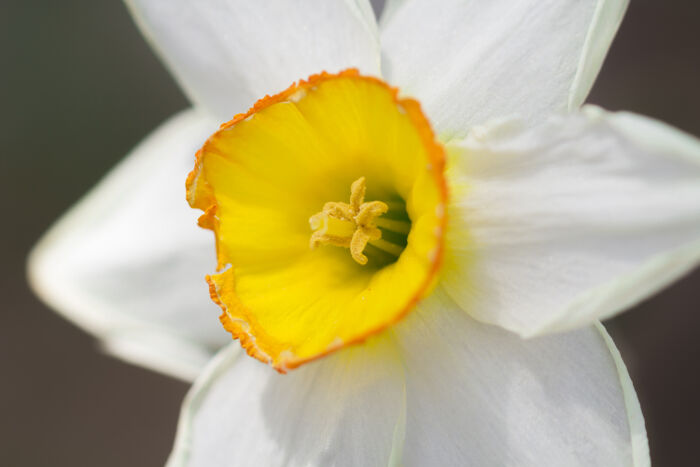
 Do you want to have more success and joy in your life?
The best way to do this is by learning more about your name through numerology. It is a 4,000 year-old science that can help you learn the meaning of your name, because your name was no accident! All it takes is your name and date of birth, click here to get your free personalized numerology reading.
Do you want to have more success and joy in your life?
The best way to do this is by learning more about your name through numerology. It is a 4,000 year-old science that can help you learn the meaning of your name, because your name was no accident! All it takes is your name and date of birth, click here to get your free personalized numerology reading.The Daffodil Flower Facts
Daffodils produce trumpet shaped flowers on a slender stalk raised above the foliage. These striking flowers range from miniature 2-inch plants with ½-inch blooms to 2-foot plants with 5-inch blooms. They include the paperwhite narcissus, a popular holiday plant. There are over 50 species and approximately 13,000 varieties of daffodils.
The daffodil is native to the Mediterranean regions. Both the Greeks and Romans grew daffodils, but unexplainably abandoned them. They grew wild until 1629 when the English decided to cultivate them again. Daffodils still grow wild in many European countries. In fact, in some areas of Switzerland and Austria the blooming of the narcissi is celebrated with festivals. Daffodils brought to America by early settlers have naturalized in many areas of the United States.
Meaningful Botanical Characteristics of the Daffodil Flower
The bulb of the daffodil is poisonous, limiting its use for natural or herbal remedies.
- Narcissus Plaster: A plaster made from the bulbs of the narcissus plant is used to relieve the pain associated with arthritis, wounds, burns and strains.
- Traditional Medicine: Research on the use of the narcissus plant for treating Alzheimer’s disease is currently underway.
- Herbal Remedies: Daffodil is thought to treat asthma, colds and whooping cough and to induce vomiting, but caution is advised, as daffodil can be a dangerous remedy.
- Fragrance: Essential oils made from the narcissus plant are sometimes used to promote relaxation and reduce stress, but caution must be exercised as too much oil can cause headaches and vomiting. Daffodil oil can be used in crafts or making potpourri. It is also used in perfumes and cosmetics.
The Daffodil Flower’s Message Is…
The daffodil flower’s message is uplifting and energizing, making it the perfect flower to celebrate new beginnings or simply express your desire to revive an old relationship. It is appropriate for a housewarming, birth or simply to celebrate the coming of spring.
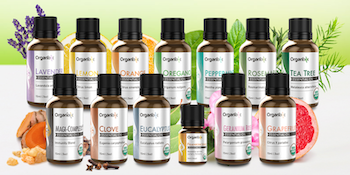 Do Your Essential Oils Pass the "Triple Purity Test"?
Discover How to Protect Yourself and Your Family from the 4 Shocking Ingredients Lurking in Most Oils. The essential oils that are in your home right now could be doing more harm than good. As you’re about to find out, it’s a chance you probably don’t want to take. Here’s Why: New research shows all essential oils are NOT the same. Believing that they are could deliver very negative consequences. Even worse, the less-than-pure ingredients being found in some oils could completely eliminate their health benefits altogether and could even leave you worse off than when you started!
Do Your Essential Oils Pass the "Triple Purity Test"?
Discover How to Protect Yourself and Your Family from the 4 Shocking Ingredients Lurking in Most Oils. The essential oils that are in your home right now could be doing more harm than good. As you’re about to find out, it’s a chance you probably don’t want to take. Here’s Why: New research shows all essential oils are NOT the same. Believing that they are could deliver very negative consequences. Even worse, the less-than-pure ingredients being found in some oils could completely eliminate their health benefits altogether and could even leave you worse off than when you started!
>>Click Here To Learn More And Find Out About Organixx Essential Oils



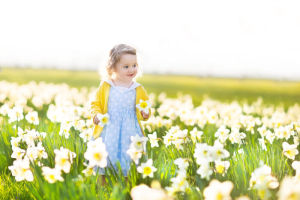
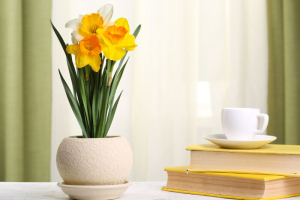

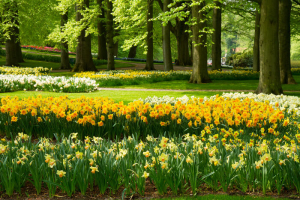
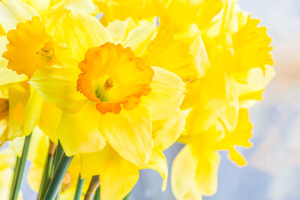
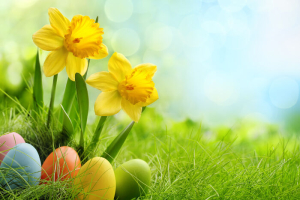
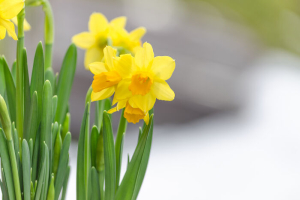
May I add some information above into a mythological book I am writing? It´s about Narcissus and Echo (the ancient myths) and Daffodiles (of course) … I will add your source, of course. ;)
If this is not allowed, please E-Mail me as soon as you can.
Thank you so much!
A Daffodil for my MOTHER whose birthday it would have been today.
She was an angel on earth and has since joined the angels in Heaven…
Daffodils were her favorite flowers…She is sorely miss and deeply loved…LOVE
Yay! I was born in the month of March.
I wasn’t mistaking when I changed my name to Daffodil❤️
my name is Daffodil
ahahahahahha nice
Daffodils are neat. The medieval Europe bit is interesting. cool.
its a flower of the month of MARCH.. so i love it..
Rk
Awesome it helped me a lot with my report!
Great